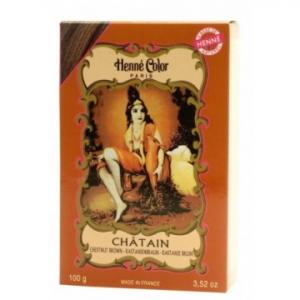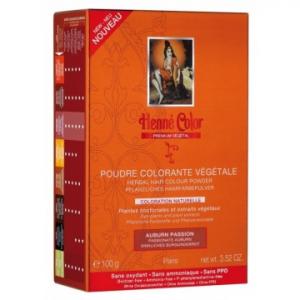Chestnut (Castanea sativa)
Other names: chestnut tree
Harm score: 1 (Natural substances)
The chestnut tree, scientifically called Castanea sativa and also known as the chestnut tree, is a tree characteristic of southern and western Europe, where it has been used since prehistoric times. The species is particularly popular in Italy, France and the Balkans, where it is sought after not only for its edible fruit but also for its wood. The tree has typical broad, dark green leaves that turn yellow to brown in the autumn months. Its fruits are enclosed in spiny wrappers that open as the fruit ripens.
The fruits of the chestnut tree, or chestnuts, are used in a variety of ways. In Mediterranean countries, they are a popular part of the diet, both raw and roasted or cooked. They serve as ingredients in soups, side dishes, baked goods, as well as sweet dishes and desserts. Chestnuts can also be used to make flour, which is often used in gluten-free diets. Chestnuts are rich in fibre, vitamins, especially vitamin C, and other minerals such as potassium, magnesium and iron. Chestnuts are also pressed for oil, which is used in the cosmetics or pharmaceutical industry. In addition to its fruit, the chestnut tree is also important in the construction and furniture industries, as its wood is very durable and is also used in carpentry and furniture making.
Chestnut (Castanea sativa) can be found in the following products

Energy Bar - Chocolate Espresso
Product detail
Powder hair dye 100g Chestnut
Product detail
Fine cream dressing 90ml Chestnut dark
Product detail
Fine cream dressing 90ml Chestnut gold
Product detail
Premium vegetable powder hair dye 100g Bordeaux
Product detail